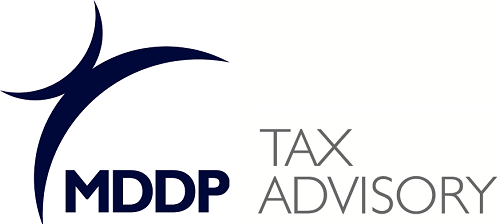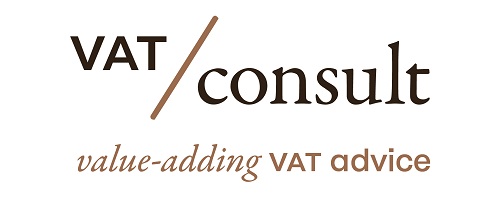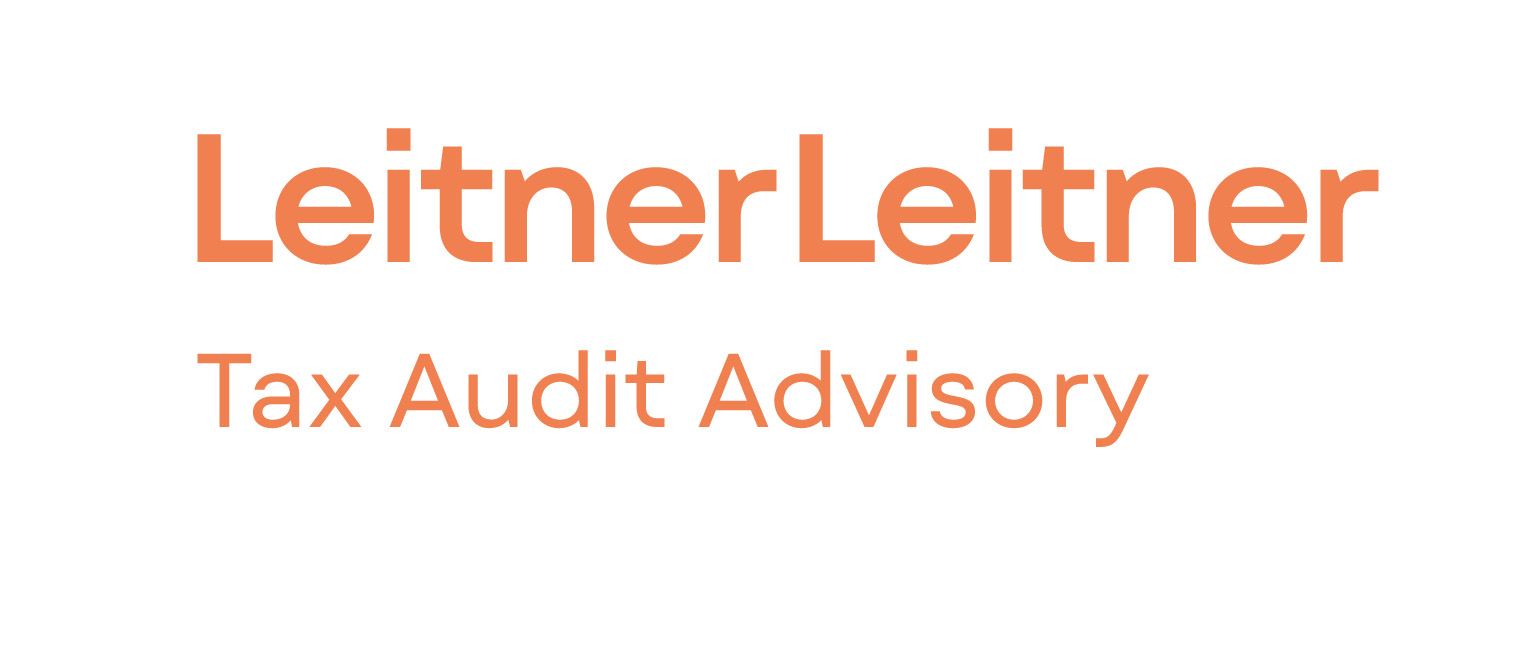Public finance in theory and practice
Virtually every reference VAT manual recommends a single rate. A single VAT rate saves both the administration and the taxpayers significant costs, prevents fraud and litigation, and is the only solution that can ensure tax neutrality. Along with the rationalisation of exemptions, this is one of the main tenets of modern VAT doctrine.
A single VAT rate can arguably be set in places where international agencies use their leverage to impose orthodoxy. For the EU, however, this was never an option. At the time the EU VAT system was built, national practice was much diverse, each state singling out different goods and services with reduced rates in the pursuit of their public policies.
Source International Tax Review
Latest Posts in "European Union"
- ViDA e-invoicing and digital reporting requirements: What businesses need to know
- CEN Approves Revised EN 16931: A Milestone for ViDA Implementation (updated with Timeline)
- CJEU Clarifies VAT Rules for App Stores: Platforms Deemed Suppliers in Digital Sales
- Reforming VAT Rules to Ensure Fair Competition for UK Small Businesses and Tackle Online Fraud
- Comments on ECJ C-232/24 (Kosmiro): Where does credit end and debt collection begin?














